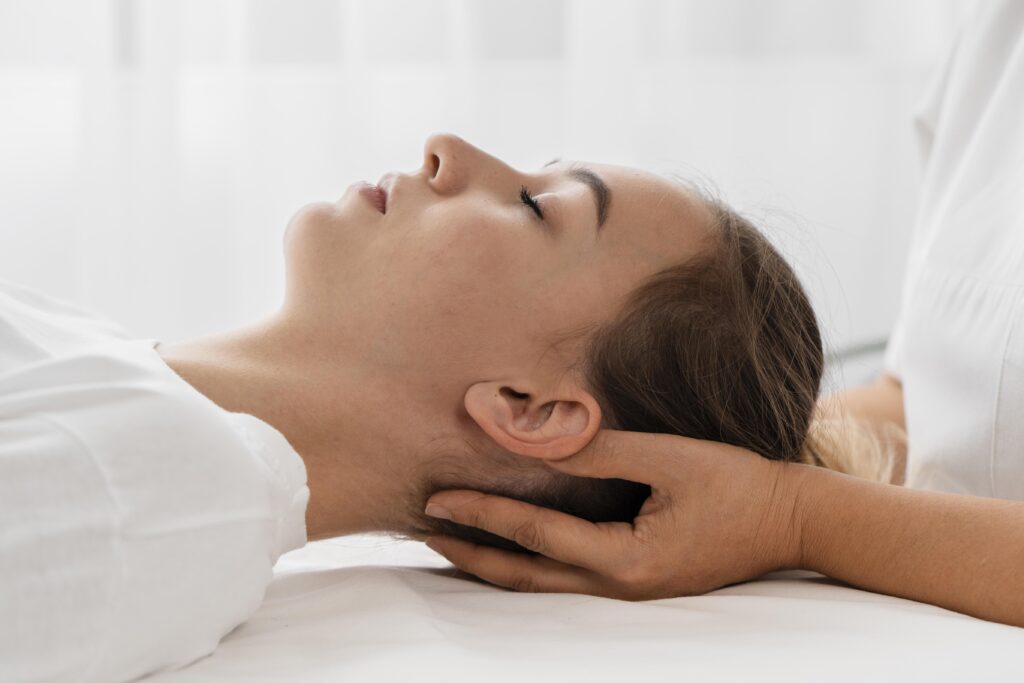Title: Unveiling the Mysteries of Craniosacral Therapy
Craniosacral Therapy (CST) is a form of bodywork or alternative therapy that uses gentle touch to palpate the synarthrodial joints of the cranium, spine, and sacrum. But what does that mean exactly, and how might this therapeutic modality benefit your overall health and wellness? Let’s delve deeper into the fascinating world of Craniosacral Therapy.
Originated by osteopathic physician John Upledger in the 1970s, CST is a non-invasive technique that aims to alleviate pain and tension by releasing restrictions in the craniosacral system. This system comprises the membranes and fluid that surround and protect the brain and spinal cord, extending from the bones of the skull, face, and mouth, which make up the cranium, down to the sacrum, or tailbone.
The theory behind CST is centered around what is called the craniosacral rhythm, which is a wave-like motion in the fluid encasing the brain and spinal cord. This subtle, rhythmic pulsation, distinct from the heart rate and respiratory rate, is considered a fundamental expression of health and vitality.
During a Craniosacral Therapy session, a trained practitioner uses their hands to sense disturbances in this rhythm at various points on the body, employing soft touches usually no greater than the weight of a nickel to release blockages. The objective is to aid the body’s natural capacity for self-repair, facilitating balance and supporting overall wellbeing.
CST has been used as a complementary therapy to address a range of health issues, including migraines, chronic neck and back pain, stress and tension-related disorders, traumatic brain and spinal cord injuries, and Temporomandibular Joint Syndrome (TMJ). Moreover, it’s often applied for enhancing overall relaxation and stress relief, given its gentle, hands-on approach.
Skeptics question the scientific validity of CST, as empirical research on its efficacy is limited. Critics argue that the craniosacral rhythm is not a recognized biological concept and the reported benefits could be attributed to the placebo effect.
However, numerous personal testimonials assert a significant improvement in symptoms and increased well-being post-therapy. In this light, Craniosacral Therapy can be understood as a holistic approach, one that not only targets physical complaints but also considers the psychological and emotional aspects of health, promoting relaxation and a sense of calm.
Ultimately, whether Craniosacral Therapy is right for you depends on your personal health goals and needs. If you’re considering it, it’s crucial to consult with a healthcare professional and seek treatment from a trained, certified CST practitioner. While CST is generally considered safe, it should not replace conventional treatments but can complement them, providing a potentially valuable tool in your health and wellness toolkit.

